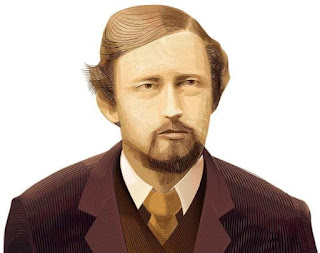More skin-like, electronic skin that can feel
What if we didn't have skin? We would have no sense of touch, no detection of coldness or pain, leaving us inept to respond to any situation. The skin is not just a protective shell for organs, but rather a signaling system for survival that provides information on the external stimuli or temperature, or a meteorological observatory that reports the weat her. Tactile receptors, tightly packed throughout the skin, feel the temperature or mechanical stimuli -- such as touching or pinching -- and convert them into electrical signals to the brain. The challenge for electronic skin, being developed for use in artificial skins or humanlike robots like the humanoids, is to make it feel the temperatures and movements like how human skin feels them as much as possible. So far, there are electronic skins that can detect movement or temperature separately, but none are able to recognize both simultaneously like the human skin. A joint research team consisting of POSTECH professo...

